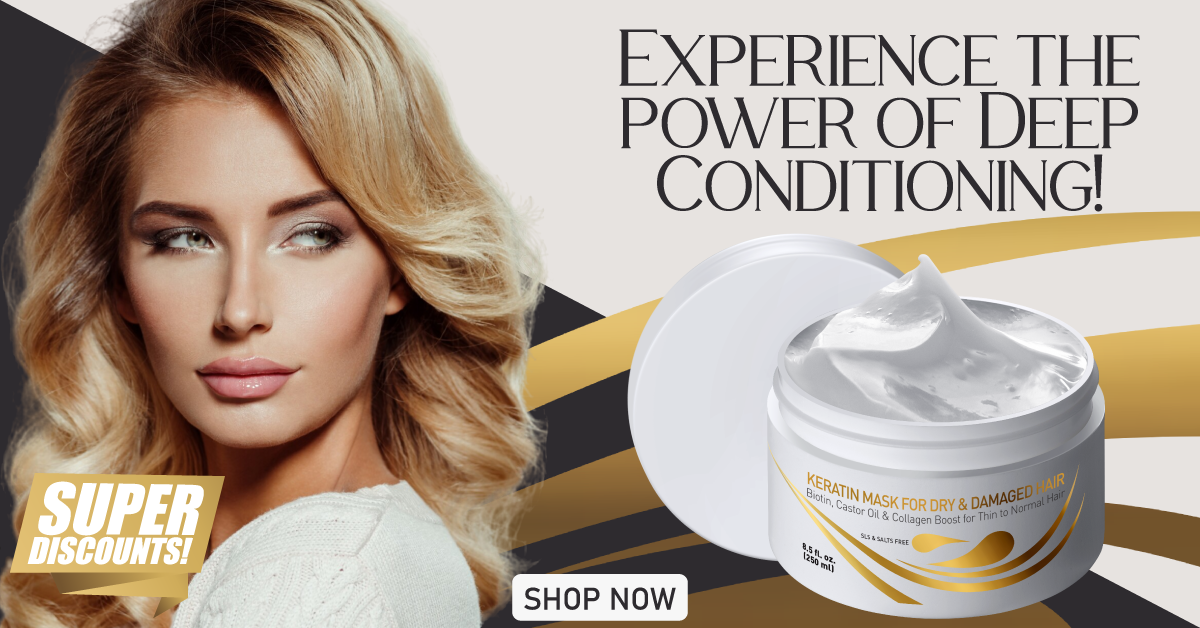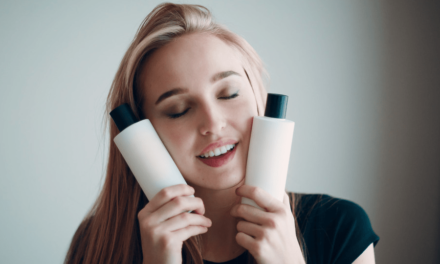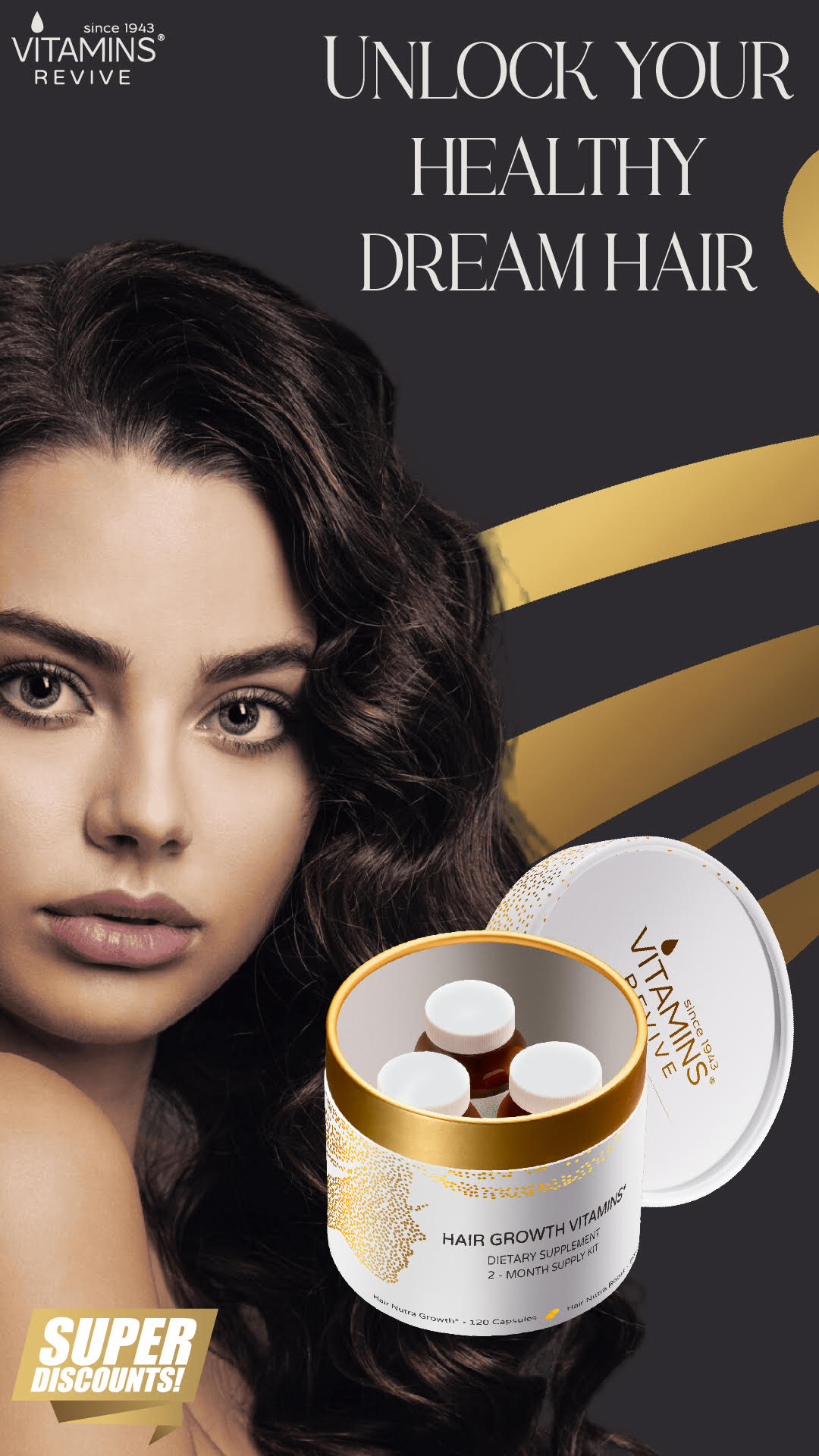
Deep conditioning treatments are beneficial in nourishing and conditioning hair. These treatments help keep hair follicles and hair healthy and prevent split ends, frizz, and other hair or scalp issues.
You don’t have to cut a hole in your budget for pricey treatments for this; you can prepare your hair masks that do a great job at nurturing hair and scalp health. Hair porosity determines how much moisture hair can hold or absorb.
It’s also the indicator of how easily moisture penetrates the hair shaft. For this reason, our deep conditioning masks are tailored for low-porosity hair, considering the factors that set apart this hair type.
Let’s discuss low-porosity hair before moving on to the recipe and how to use it.
Understanding Low Porosity Hair

Numerous factors determine our hair’s porosity, including genetics, heat, chemical treatments, etc. The critical aspect to consider for hair porosity levels is the cuticle, which is the outermost layer of the hair.
Low porosity hair has a cuticle that’s wound tight and close to each other, making it harder for moisture to penetrate the hair shaft, but at the same time, it retains moisture longer. This hair type is more prone to product buildup, takes longer to dry, and is resistant to hair treatments, including colouring.
You can determine your hair’s porosity at home with a simple test. After brushing, take a strand from your comb and place it in a glass of water for a few minutes. If it still floats after a few minutes, it’s low porosity hair; if it sinks fully, it is high porosity hair; and if it is somewhere in the middle, it’s medium porosity hair.
Since cuticles are packed closely in low-porosity hair, the only way to help water or products penetrate is by using heat to lift the cuticles. Yes, using steam or heating caps lifts or opens the cuticles, allowing nutrients to penetrate the hair.
The Importance of Deep Conditioning for Low Porosity Hair
Oils like Jojoba Oil, Argan Oil, Sweet Almond Oil, Castor Oil, Coconut Oil, Olive Oil, Avocado Oil, Sunflower Oil and Grapeseed oil are ideal for low-porosity hair. Not only are these oils very nourishing, but they’re very moisturizing, too.
Also, product buildup is very common for this hair type, so regular clarifying helps prepare hair for absorption of nutrients. Deep conditioning is essential to help nourish, protect and repair hair.
Since the main problem is absorption, using lighter ingredients can be helpful and doesn’t weigh down hair. Oils work great for this, and most of the oils are light except Castor Oil, which we will use in combination with other oils to make it pliable.
Another factor is that deep conditioning treatments let the hair mask sit on our hair for a while. This gives enough time for hair to absorb what’s applied to the hair strands.
The good news is you don’t have to buy a deep conditioner that’s pricey off the shelves; instead, use natural ingredients to prepare your own.
DIY Deep Conditioner Ingredients
Natural hair care is not only efficient and affordable, but it’s also accessible from adverse side effects that are common with chemical-based products. The following ingredients are ideal for natural hair care for low-porosity hair.
Apple Cider Vinegar
Ideal as a clarifying and nourishing ingredient and can be used as a hair rinse. It nourishes hair with nutrients like potassium and vitamins, closes hair cuticles to seal in moisture, restores natural hair pH, helps clarify the scalp, and leaves your hair shiny.
Aloe Vera
Ideal for hydration and nourishment and can be added to hair masks. It also promotes hair growth and leaves your hair soft and shiny. It helps with detangling and improves hair and scalp health.
Coconut Milk
A nourishing and strengthening ingredient that also adds moisture and shine. Rich in protein, it’s great for strengthening hair. It is a vegan ingredient for those who don’t want to use eggs.
Argan Oil
This nourishing oil is excellent for healing and nurturing damaged hair by rejuvenating, restoring and repairing it.
Clay
Clay is another nourishing and clarifying ingredient that can be used as a hair wash ingredient instead of shampoos. The benefits and nutrition profile can vary slightly depending on the chosen clay. Alternatively, you can use a nourishing and versatile clay suitable for sensitive skin, like Kaolin Clay.
Other ingredients include Coconut Oil, Honey, Greek Yogurt, etc.
Step-by-Step Guide to DIY Deep Conditioning
Vegan Deep Conditioning Mask
This is a deep conditioning mask that’s natural and easy to make. It’s a vegan recipe that can be modified according to your preference or needs.
Ingredients
Coconut Oil – 1 Tbsp.
Olive Oil – 1 Tbsp.
Sweet Almond Oil – 1 Tbsp.
Argan Oil – 1 Tsp.
Blue Agave Nectar – 1 Tbsp.
Castor Oil – 1 Tsp.
Lavender Essential Oil – a few drops
Instructions
Add the Olive Oil, Sweet Almond Oil, Castor Oil and Coconut Oil to a bowl.
Warm the oil blend in your microwave or stove until hot – the oil should withstand a temperature you can withstand but shouldn’t scald your skin.
Remove from heat, add the Argan Oil and Lavender Essential Oil, and stir to combine.
Add in the Blue Agave Nectar and stir to combine.
Usage
Apply the prepared deep conditioner on your hair and scalp.
Massage the oil blend on your scalp for a few seconds.
Make sure to apply from the root to your tips.
You can apply the oil mixture quite liberally.
Wrap your head with a shower cap or warm towel.
Let it sit for an hour or two before you wash off.
Use a mild shampoo or a clarifying apple cider rinse every other wash.
Notes
You can also use other moisturizing ingredients in this hair mask, including aloe vera gel.
You can add your preferred essential oil(s) to this recipe.
You can add herbal extracts for added nourishment. You can use herb-infused oils for this recipe to include them.
You can also add moisturizing ingredients like coconut milk for moisture and shine.
Application Tips for Low Porosity Hair

- Since low porosity means absorption is not easy, applying heat to help open the cuticles to make way for absorption is essential.
- You can either wear a shower cap and let the natural warmth generated help or speed along the process by using a hair dryer on medium heat. Don’t have a dryer, no worries. Wrap your head over the shower cap with a warm towel and reheat when the heat lowers.
- You can also use a warm, wet towel after applying the deep conditioning treatment for heat.
- Hot oil massages are ideal deep conditioners and can be used once or twice weekly.
- Hot oil treatments can sit for an hour or two for maximum absorption.
- Some oil blends can even be left overnight, depending on your preference and other factors.
Additional Care Tips for Low Porosity Hair
If you’re using conditioner, add water to your conditioner and shampoo. Let water be an ingredient in the products you use on your hair. It helps a great deal.
Regularly use hair masks with herbal ingredients, including dry herbal powders. Low porosity hair readily absorbs nourishment from them.
The heat helps open up the cuticles and allows absorption of the products or moisture. Unlike high porosity hair, this hair type benefits from heat.
You can use your hair dryer or warm towels for the much-needed heat to help open the cuticles. Since low porosity hair is known for scalp buildup, clarifying shampoo or rinse regularly helps clear clogged pores and scalp buildup.
Helps the absorption of moisture and nutrients better. Also, using a leave-in conditioner helps greatly and can be used as a follow-up to seal in moisture.
Bottom Line
A deep conditioner nourishes and moisturizes hair and offers numerous benefits, including leaving you with softer hair. Try these natural deep conditioners and see how they work for you.
Feel free to tweak the recipe to suit your requirements and needs. Need more time for DIY recipes? We have you covered with a range of premium vegan hair cosmetics from Vitamins Revive.
You can check out their products from their online store to see what options they have for you. Feel free to write to us with any questions, feedback, requests, or queries. We love hearing from you and knowing more about how these recipes are helping you or how you like our recipes and shares.









